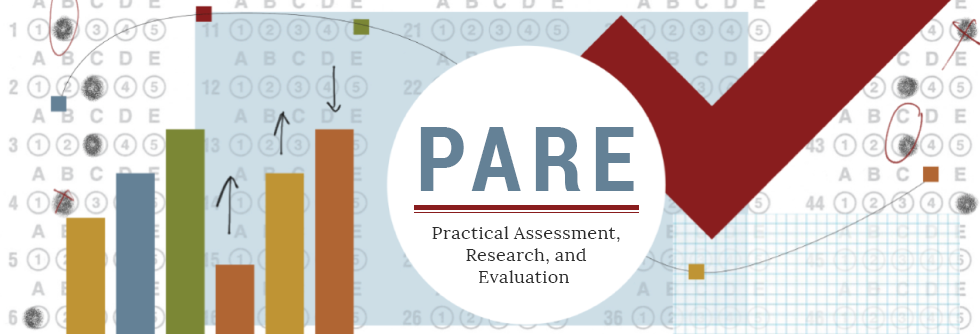On the use of different linkage plans with different observed-score equipercentile equating methods
DOI
https://doi.org/10.7275/21481778
Abstract
The overall aim was to examine the equated values when using different linkage plans and different observed-score equipercentile equating methods with the equivalent groups (EG) design and the nonequivalent groups with anchor test (NEAT) design. Both real data from a college admissions test and simulated data were used with frequency estimation, chained equating, and kernel equating methods. The overall results were that different linkage plans gave different equated values and standard errors (SEs) both in the EG design and in the NEAT design, and there were some differences between the equating methods. The simulation study confirmed the empirical results and suggested that the kernel equating methods gave lower SEs in the examined conditions and had fewer differences that mattered compared with traditional equating methods when different linking plans were used. Finally, when one of the test forms was easier or if the ability of the test groups differed, the choice of linkage plan had more of an impact than when the test forms or test groups were more similar.
Recommended Citation
Wiberg, Marie
(2021)
"On the use of different linkage plans with different observed-score equipercentile equating methods,"
Practical Assessment, Research, and Evaluation: Vol. 26, Article 23.
DOI: https://doi.org/10.7275/21481778
Available at:
https://scholarworks.umass.edu/pare/vol26/iss1/23
